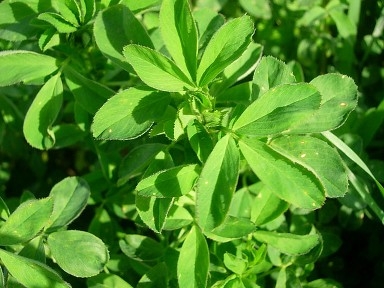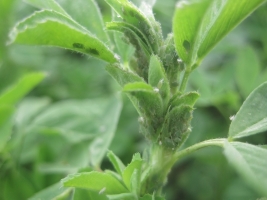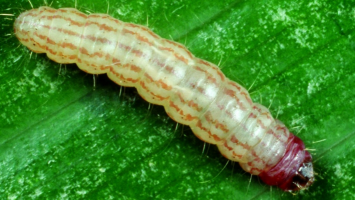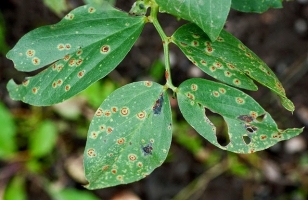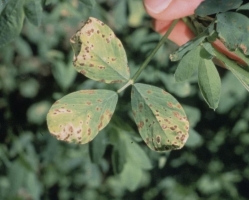General Information
Lucerne also known as "alfalfa" or "rijka" in northen India is a protein rich fodder and considered as "queen of fodder crop". It is a perennial plant and can supply fodder for 3-4 year in same growing. Along with protein, it is also major source of mineral and calcium. It is a palatable green fodder contain 16-25% of crude protein and 20-30% of fibre. Lucerne is native of South-West Asia. It is a hardy leguminous crop and can survive in drought conditions. It can be easily converted into silage and hay. It is winter season crop and mainly cultivated in Gujarat, Madhya Pradesh, Maharashtra and Rajasthan. In one season 7 to 8 cutting can be taken with average fodder yield of 280 to 320 qtl/acre.

